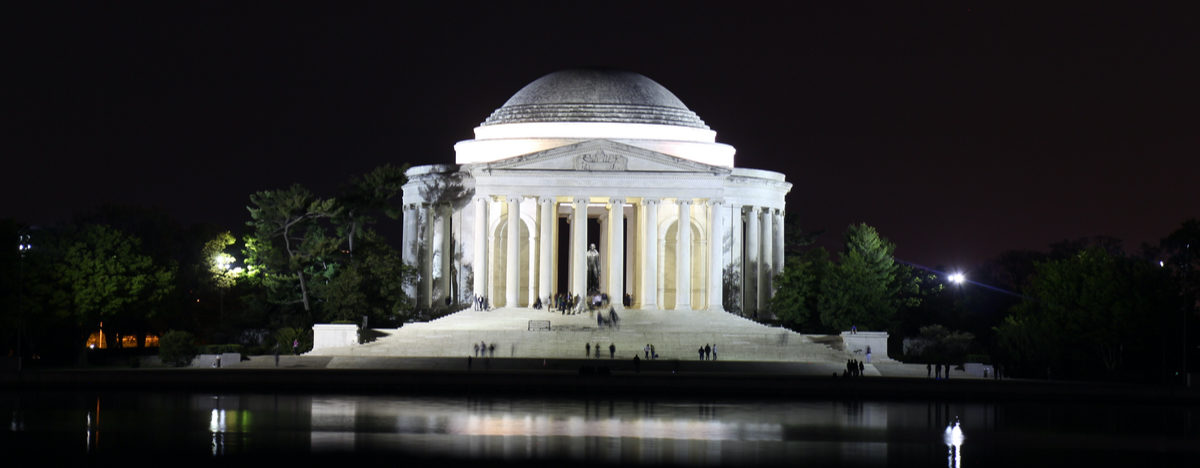
“Prior Bad Acts”/”Other Crimes Evidence” in D.C.
The rules of evidence protect the accused in a criminal case from having evidence of one crime used to prove disposition to commit another. According to the so-called “propensity rule,” which is indispensable to the presumption of innocence and a fair trial, evidence of a person’s character or character trait cannot be used to prove that on a particular occasion the person acted in accordance with that character or trait.
In other words, the government must prove that you committed a crime, not that you are a bad person.
The rule on “other crimes, wrongs, or acts” (or “bad acts”) is provided for in Federal Rule of Evidence 404(b). In the District of Columbia, in which the rules of evidence are provided for by statute and case law, the prohibited evidence is known simply as “Drew evidence” based on Drew v. United States, 331 F.2d 85 (D.C. Cir. 1964).
There are actually two forms of “prior bad acts” or “other crimes evidence” in D.C.
Drew itself refers only to evidence of a crime or bad act that is independent of the crime in question. In Thompson v. United States,546 A.2d 414, for example, the government sought to introduce evidence of the defendant’s prior conviction for selling PCP as evidence of his intent to sell PCP on the day in question.
As with the Federal rule, such evidence is only admissible if the government can prove that it is relevant to motive, intent, the absence of mistake or accident, a common scheme or plan embracing the commission of two or more crimes so related to each other that proof of the one tends to establish the other, or the identity of the person charged with the commission of the crime at trial. Drew,331 F.2d at 90.
Before a court may admit other crimes evidence under one of the exceptions, the government must first establish (1) by clear and convincing evidence that the defendant committed the other crimes, (2) that the other crimes evidence is directed toward a genuine, material and contested issue in the case, (3) that the evidence is logically relevant to prove this issue for a reason other than its power to demonstrate criminal propensity, and (4) that the prejudicial impact of the evidence does not substantially outweigh its probative value. Legette v. United States, 69 A.3d 373, 379 (D.C. 2013).
The second form of other crimes evidence is known as either Johnson or Tolliver evidence. According to Johnson v. United States,683 A.2d 1087 (D.C. 1996)(en banc), the Drew rule barring propensity evidence does not apply if the other crimes evidence is direct and substantial proof of the charged crime, is closely intertwined with the evidence of the charged crime, or is necessary to place the charged crime in an understandable context.” Evidence under Tolliver v. United States, 468 A.2d 958, 960 (D.C. 1983) is “admissible to complete the story of the crime on trial by proving its immediate context.”
In order to introduce Johnson or Tolliver evidence, the government must prove by clear and convincing evidence that the accused committed the other offense. It is also required to prove that the probative value of the evidence is not substantially outweighed by the danger of unfair prejudice. Johnson, 683 A.2d at 1099. In deciding whether the danger of unfair prejudice substantially outweighs probative value, the trial court must weigh (1) the strength of the evidence as to the commission of the other crime, (2) the similarities between the crimes, (3) the interval of time that has elapsed between the crimes, (4) the need for the evidence, (5) the efficacy of alternative proof, and (6) the degree to which the evidence probably will rouse the jury to overmastering hostility. Id.at 1095 n.8.
The government is required to provide notice to the defendant of its intent to introduce other crimes evidence, and the court will typically hold a hearing in advance of trial. Prosecutors often use a “cut-and-paste” motion that claims every justification possible. These motions are easier to defeat than one that is more tailored to the specific facts of the case at hand.
Some of the most convincing arguments against the admission of this type of evidence are described in the eloquent opinion in Thompson written by D.C. Court of Appeals Judge Schwelb. Thompson warns, for example, of “sophisticated as well as simple-minded modes” of evading the prohibition against propensity evidence: Courts “must view with a jaundiced eye evidence purportedly offered as relevant to some issue but in reality bearing wholly or primarily on the defendant’s predisposition to commit another similar crime.” Thompson, 546 A.2d at 420. Thompson also notes that the “natural and inevitable tendency of the tribunal – whether judge or jury – is to give excessive weight to the vicious record of crime thus exhibited, and either to allow it to bear too strongly on the present charge, or to take proof of it as justifying a condemnation irrespective of guilt of the present charge.” Id. at 418-419 (citing Wigmore, Evidence, vol. I, § 194).
